INTRODUCTION
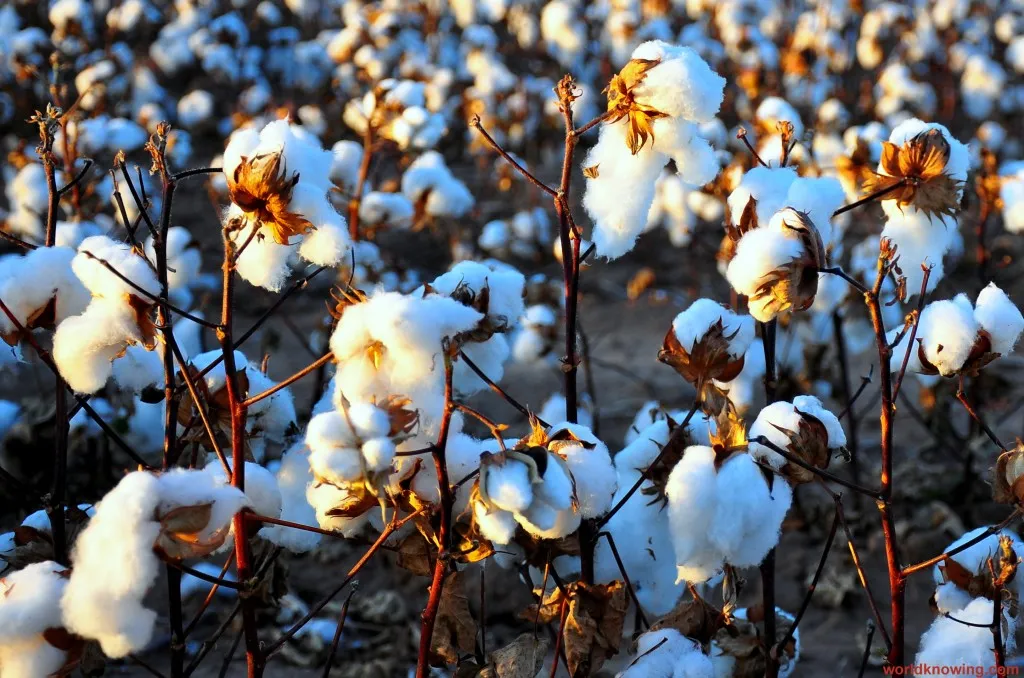
PIC BY: https://www.cottonco.in
Cotton is essentially produced for it's fiber, which is universally used as a textile raw material. Cotton is an important commodity in the world economy. Grown in more than 100 countries, cotton is a heavily traded agricultural commodity, with over 150 countries involved in exports or imports of cotton. The six largest consuming countries are among the top seven producing countries. Cotton trade accounted for 30% of world output from 1980/81 through 2004/05, but this share has risen to almost 40% in 2005/06.
As world cotton production inevitably varies from year to year, variations in supply can cause wide fluctuations in price. The estimated value of world exports dropped from a high of $13 billion in 1994/95 to $6 billion in 2001/02 and rebounded to approximately $12 billion in the 2005/06 marketing season.
Top 10 Largest Cotton Producing Countries
RANK COUNTRY OUTPUT (MT '000)
1 China 6,842
2 India 5,323
3 United States of America 3,599
4 Pakistan 2,217
5 Brazil 1,640
6 Uzbekistan 1,054
7 Australia 976
8 Turkey 854
9 Argentina 214
10 Turkmenistan 199
IMPORTANCE OF COTTON
Cotton is a soft fiber that grows to provide protection for the seeds of the cotton plant. Cotton has a wide variety of uses, especially in the textile industry. The following are some of the most common uses of this product.
Cotton is spun into thread that is used in many clothing products such as underwear, socks and T-shirts. Bed sheets are usually made of cotton because of it's soft feel. Cotton yarn is also used for knitting and crochet.

Cotton is used to create absorbent material known as terrycloth. This is used to make towels and robes. Cotton is also used to create denim jeans and many other clothing materials. Sometimes it is blended with other materials to improve it's qualities.
Cotton is also used to create fishing nets, tents and cotton paper. Cotton paper is used to make bank notes and high quality art paper.
It is also used in coffee filters, gun powder and bookbinding.
The seed of the cotton plant also has some important uses. Firstly, it can be used to produce cotton seed oil, which is a popular vegetable oil for cooking. The remains can be used as feed for cattle and other animals.
After the cotton is removed from the seeds there are some fine fibers which are left attached to the seeds. These are called linters and when processed are known as absorbent cotton or cotton wool. This product is used for many medical and cosmetic purposes.
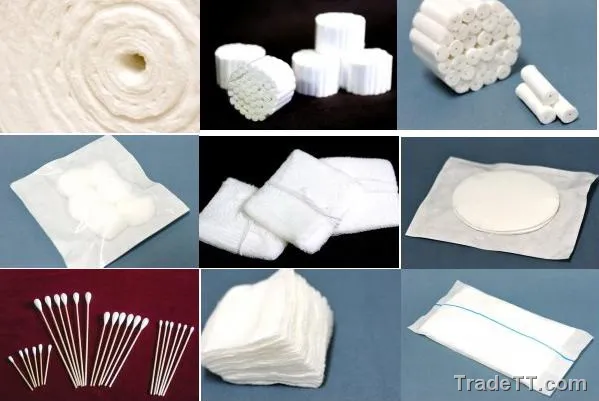
CHALLENGES FACED BY COTTON FARMERS
Fertile fields, thriving crops, high quality and plentiful yields, good markets, financial security, good education for the children, a better home and a better life for all. The potential is phenomenal. Unfortunately however, this potential remains largely untapped.
Cotton farming is a noble and vital profession. Unfortunately, despite this huge role cotton farmers play in our lives, most farmers across the world continue to face great challenges in their daily lives.
Lack of Information: Lack of information remains the number one problem facing most farmers today. Most miss out on new and improved methods of farming. Some, especially those in the remote areas have no access to information at all. Even those in the sub-urban areas with some limited access to information, lack what it takes to process the information they receive. Most miss out on proper information regarding cheap but effective farming practices.
Poor Financial Support: Lack of financial support systems to enable farmers grow, expand, and maintain their yields. For example, research has shown that some seeds yield better and are more tolerant and disease resistant than others. However, such seeds are often sold at higher prices on the market than regular seeds and not so many farmers can afford them.
Lack of Access to Fertilizers: This falls under the poor financial system mentioned above. Because agricultural lands have become so expensive, most poor farmers have no choice than to farm on same pieces of land over and over again. Farming on same pieces of land for years leads to land degradation whereby fertile lands loose most of their nutrients and become unproductive or barren. Farmers, therefore, depend largely on artificial fertilizers to enable them to grow crops and improve their yields. Artificial fertilizers are quite expensive.
Poor Transportation: This is a major issue facing not just agriculture but the economy in general. Most of the farm produce just go to waste in the remote ares and it is mostly because farmers find it very difficult to transport their produce to the market to sell.
Poor Markets: Market for farmers has become one of the biggest issues affecting the lives and living standards of millions of people. Improved market facilities and good government regulations can go a long way in helping poor farmers market and profit from their crops.
COTTON COIN - OVERVIEW
As previous discussions show, the importance of cotton to the world population cannot be over-emphasized. As a result, COTTON COIN came up with tailor-made solutions in response to the threats and problems the cotton industry was facing.
Cotton Coin is a platform which integrates consumers, supply chain participants and authorities in one eco-system. It runs on the blockchain technology that creates a trusted transaction ledger. It helps to authenticate cotton sources, track delivery, report issues and monitor cotton prices. This peer-to-peer payment network can be used as an alternative to fiat currency for instant payment.
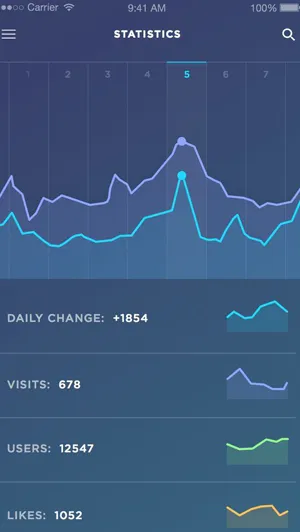
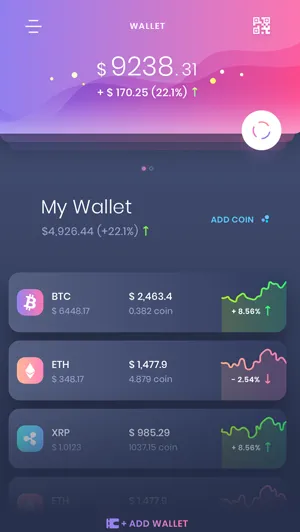
PIC BY: https://www.cottonco.in
Cotton Coin has a back-end growers to buyers traceability solution to be used by over 6,000 companies, managing more than 400,000 transactions each day and reaching 30 million people through the world with the help of agents and distributors. A front end B2B dApp helps to authenticate cotton sources, tracks delivery and monitors cotton prices while a B2C dApp assists consumers in buying cotton. Read more on this at https://www.cottonco.in
SOLUTIONS TO THE CHALLENGES
The Cotton Coin technology will help to improve the distribution of cotton, resolve procurement issues, fight off corruption, support fair trade, and build trust among the cotton supply chain companies, consumers and authorities in the emerging markets. This will be achieved in the following ways:
Identification Tool Management - Inventory and ordering of id tools and transactions.
Logistics Transactions - Sending and receiving transport information and verifying it.
Cotton Safety Information - Providing weight, package number, label etc information.
Authority Tools - Functions of the supply chain enforcement for the authority.

PIC BY: https://www.cottonco.in
For more information on this please visit the official COTTON COIN website at https://www.cottonco.in
DETAILED BENEFITS OF COTTON COIN
The detailed benefits of Cotton Coin are analysed below. These are the benefits thjat cotton farmers will greatly derive if they were to embrace this new technology.
Fraud: Cotton Coins are digital and cannot be counterfeited or reversed arbitrarily by the sender.
Immediate Settlement: You just need to know the wallet address of the person or organization to whom you want to transfer money. Payment transfer processing is very fast and can effect in a matter of seconds.
Low or No Fees: Banks and payment processing companies charge fees to conduct payment and fund transfer but with Cotton Coin, these fees can be eliminated and are very low.
Identity Theft: Your details are not sent to the merchant. You can create and operate a Cotton coin wallet without disclosing your full details.
Decentralization: A global network of computers use blockchain technology to jointly manage the database that records Cotton Coin transactions. That is, Cotton Coin, is managed by it's network, and not one central authority. Decentralization means the network operates on a user-to-user (peer-to-peer) basis.
Recognition at Universal Level: Since Cotton Coin is not bound by the exchange rates, interest rates, transaction charges or other charges of any country; therefore it can be used at an international level without experiencing any problems. This, in turn, saves lots of time as well as money on the part of any business which is otherwise spent in transferring money from one country to the other. Cotton Coin operates at the universal level and hence makes transactions quite easy.
ANTICIPATED PROBLEMS/WEAKNESSES AND THEIR SOLUTIONS
Overall cryptocurrencies have a long way to go before they can replace credit cards and traditional currencies as a tool for global commerce.
Many cotton farmers are still unaware of Cotton Coin. They need to be educated about it, to be able to apply it to their lives. Businesses need to start accepting it. They need to make it easier to sign up and get started.
While relatively benign guidelines are currently in place, law enforcement agencies could decide that like other cryptos, Cotton Coin is a 'giant money laundering scheme', and enact more stringent regulations that would diminish the currency's value. Education is again key here.
There is no center point in payment processing, so if you transfer someone Cotton Coin by mistake and want to get a refund for services, there's no option to dispute that person. The only way to get your money back is to ask the person to refund the payment and bank on his goodwill.
If you stored your digital currencies in your system or mobile and you lose it, then there is no way to get your money back. It's like burning your money. However, there are still ways to keep safe, like keeping it offline.
CONCLUSION (WAY-FORWARD)
There are always pros and cons to any situation in life. To be able to make a good decision, you need to weigh the good and bad thoroughly before finalizing your choice.
With COTTON COIN, it's more about mass acceptance than technology. The technology is here. Only time will tell when the players (consumers, supply chain participants, authorities) will say........YES.
The future appeal of Cotton Coin lies in allowing farmers ULTIMATE control over their money, with fast secure global transactions and lower transaction fees when compared to all existing currencies.
When used properly and fully understood, it would be the initiator of many emerging systems that will fundamentally change our global economic system.
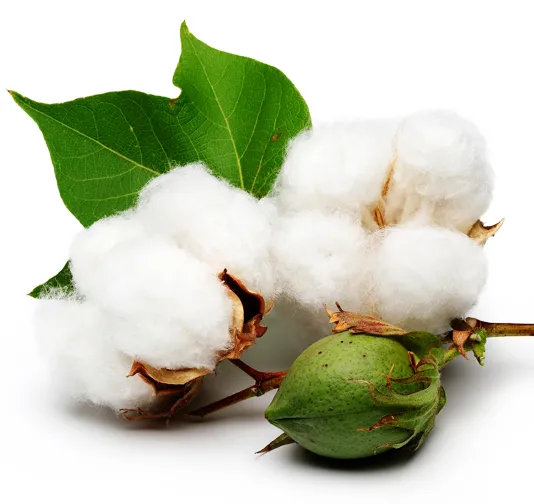
PICS BY: https://www.cottonco.in 